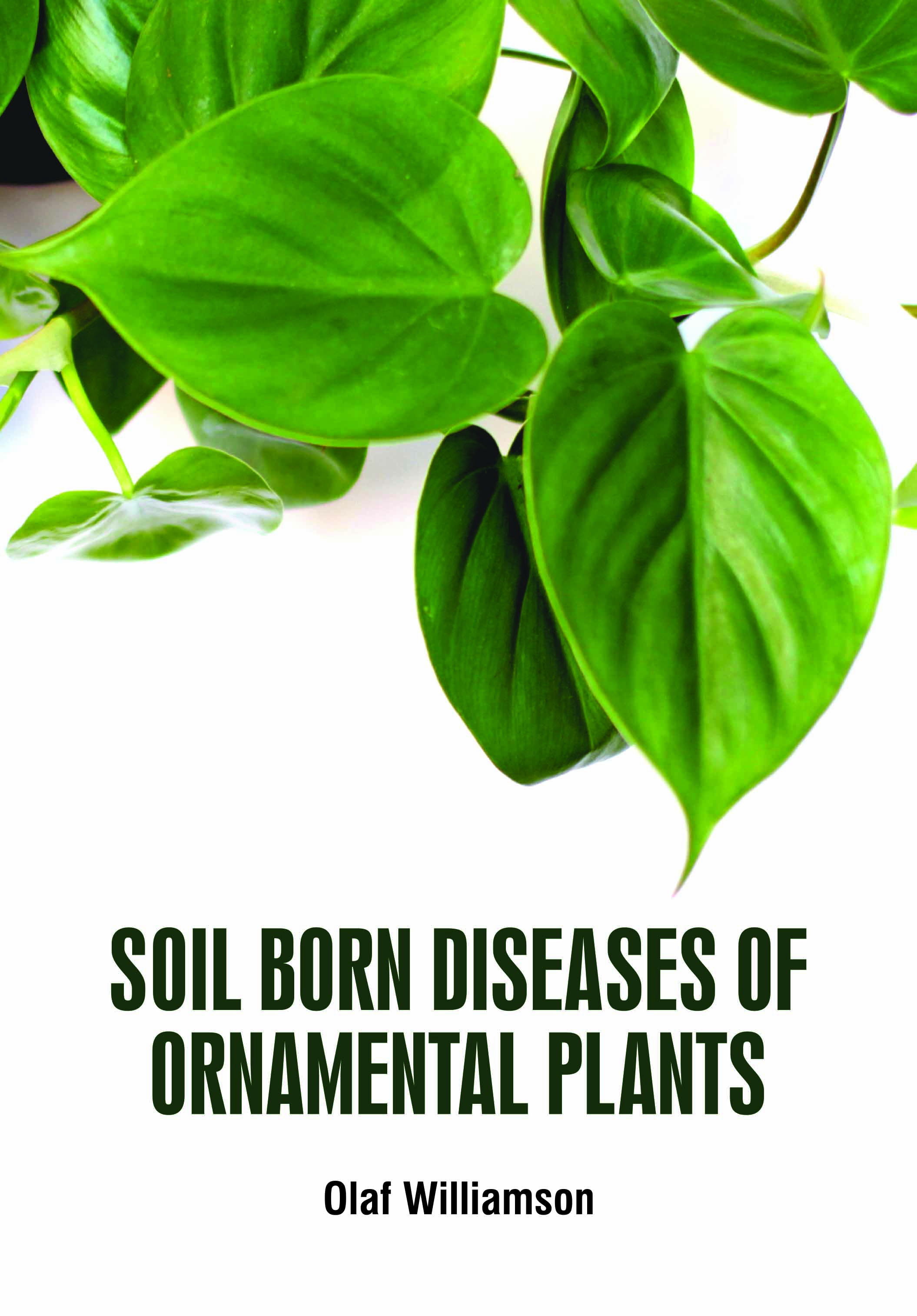
Soil Born Diseases of Ornamental Plants
by Olaf Williamson
| ISBN | 9781799601050 |
|---|---|
| Publisher | White Press Academics |
| Copyright Year | 2020 |
| Price | $230.00 |

by Olaf Williamson
| ISBN | 9781799601050 |
|---|---|
| Publisher | White Press Academics |
| Copyright Year | 2020 |
| Price | $230.00 |
Soil-borne diseases result from a reduction of biodiversity of soil organisms. Restoring beneficial organisms that attack, repel, or otherwise antagonize disease-causing pathogens will render a soil disease-suppressive. Plants growing in disease-suppressive soil resist diseases much better than in soills low in biological diversity. Beneficial organisms can be added directly, or the soil environment can be made more favorable for them through use of compost and other organic amendments. Compost quality determines its effectiveness at suppressing soil-borne plant diseases. Compost quality can be determined through laboratory testing. Plant diseases result when a susceptible host and a disease-causing pathogen meet in a favorable environment. If any one of these three conditions were not met, there would be no disease. Many intervention practice focus on taking out the pathogen after its effects become apparent. This book emphasizes making the environment less disease-favorable and the host plant less susceptible. It is identifies diseases, recognizes the spread of many known diseases to a wider range of ornamental plants, and reflects up-to- date control methods. Illustrations have been added and there are expanded discussions on fungicides, bactericides.